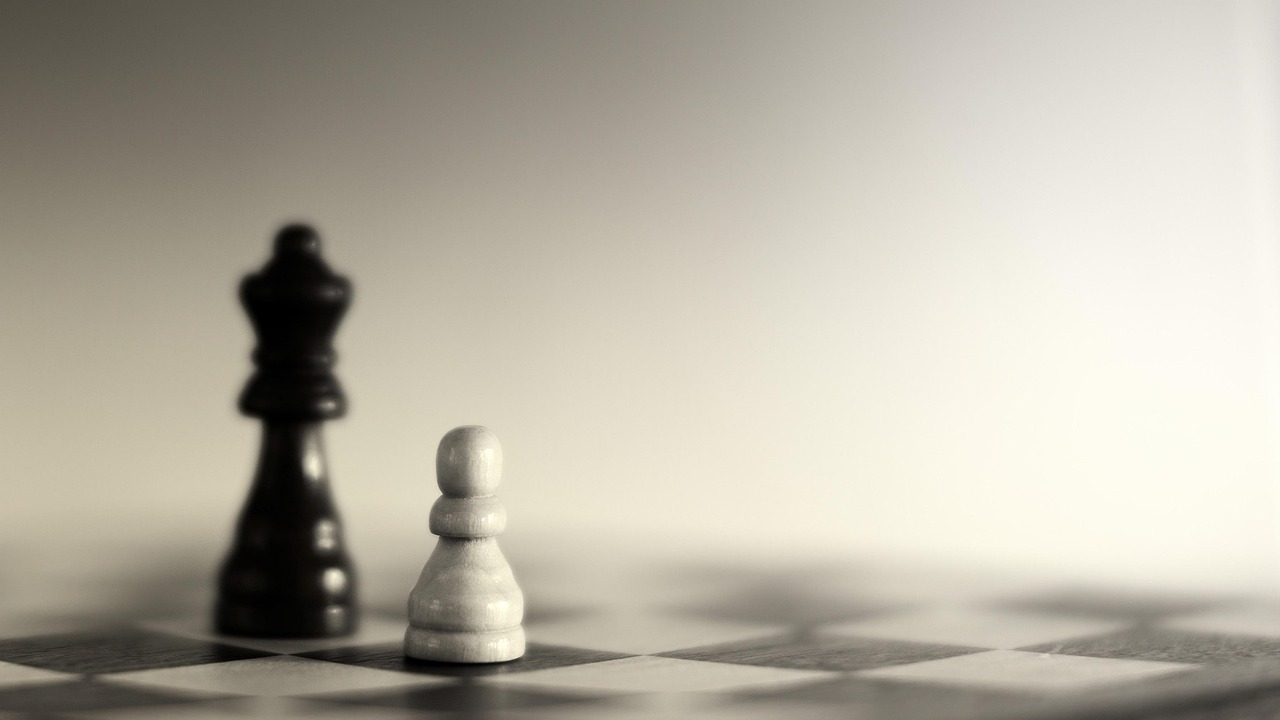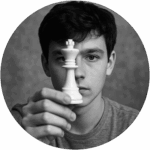I’m halfway through taping the round sheet to the door when my phone buzzes. “I’m two stops away.” Late entry. Inside, the projector throws a white rectangle on the wall, kids are already fishing pencils out of their bags, and the room does that little panic tilt it does when the numbers go odd. This is where organisers reach for the override button. Most days, you don’t need it.
What a pairing-allocated bye actually is
If you’ve got an odd number to pair, one player sits. No opponent, no colour, and they get the same points as a win unless your event rules say otherwise. That’s the default, not a hack.
Who must not get it
If someone has already had a pairing-allocated bye, or they’ve already scored a forfeit win because an opponent didn’t show on time, they shouldn’t get a pairing bye later. The software already tries to avoid that. Let it.
What a bye does (and doesn’t) do to colours
Byes and unplayed games don’t touch colour history. If a kid “had White” in a round that never actually started, it does not count toward colour balance. Keep that in your head when you’re tempted to “fix” a colour run by hand.
Late entries, cleanly
If someone registers after Round 1 has been paired (or later), they’re simply unpaired for the rounds they missed and score zero unless your prospectus promises something else. Their pairing number is provisional until they actually join a round. Don’t retro-pair ghosts into past rounds. Bring them in when they arrive.
When people start shouting about “unfair” byes
Different published Swiss systems exist (Dutch, Lim, and others). Each handles the pairing-allocated bye inside the lowest score group with its own logic. The headline: follow the system you announced, not a new rule invented at the table.
What I do in the room so I don’t need an override
- Mark absentees or withdrawals correctly before pairing. If a player says “I can’t make Round 2,” treat it as a zero-point round unless you offer requested byes.
- Generate the round once. Check that the bye landed on someone eligible and that no one is getting a second pairing-allocated bye.
- Scan colours on the top boards for anything illegal, like three in a row. If it looks odd but legal, it probably is. Remember, byes don’t affect colour history.
- Publish. Breathe. Start clocks on time.
When I actually override
Almost never. I step in only when something hard-illegal appears (for example, a repeat opponent that slipped in during manual fiddling), or when house rules I published in advance force a specific accommodation. “Strong player is getting the bye” is not a reason. Neither is “he had Black twice” if one “Black” was an unplayed round.
The late-entry decision frame
Use this instead of instinct.
- Arrived before pairing? Add them, then pair.
- Arrived after pairing but before clocks? You can unpair and re-pair if the room can handle a calm reset. Otherwise they sit and join next round.
- Missed by minutes and you want to swap two pairings “because it’s only board 12”? That swap ripples through the score group and colour balance. If you didn’t publish a policy allowing this, don’t do it.
- Already had a forfeit win or a pairing bye earlier? Then they’re not eligible for a pairing bye now. Let the software choose someone else.
A small notice that saves arguments
Print this and post it next to pairings any time a bye appears:
Notice about the sit-out
We have an odd number this round, so one pairing-allocated bye was assigned under the published Swiss rules.
A pairing-allocated bye gives the same points as a win and does not affect colour history.
Questions? Please ask before you sit.
No-show vs requested bye (don’t muddle them)
A no-show is zero and usually a downfloat. A requested bye (if you allow half-point byes) is whatever you promised in the prospectus. Keep those lanes separate so you don’t give “win points” to someone who simply didn’t come. The base rule assumes the pairing-allocated bye is a win unless your event rules say otherwise.
Why resisting the override keeps the event healthier
Manual tinkering solves today’s complaint and creates tomorrow’s scandal: broken colour runs, warped Buchholz, or a kid getting a second free point by accident. The Swiss system spreads inconvenience fairly over time. The software follows that logic better than my adrenaline does.
Tiny checklist for the round you’re about to pair
- Mark absentees and withdrawals first.
- Pair once. Don’t “pair, tweak, pair again” unless you hit a true illegality.
- Check: no repeat opponents, no second pairing bye for anyone, colours plausible.
- Post, announce the bye calmly, start clocks.
Field note from last Friday
A dad asked why his son got the sit-out. I pointed at the rules poster, explained the odd number, said his son hadn’t had a sit-out before and someone had to. He nodded, watched the hall quieten, then said thanks. Not because he loved the answer — because it would be the same answer tomorrow.
Bus note
The 95 was late. I thought about the kid who arrived four minutes after we started clocks. He looked like he wanted me to fix the whole day. Sometimes the bravest thing I do as an organiser is leave the pairings alone.


